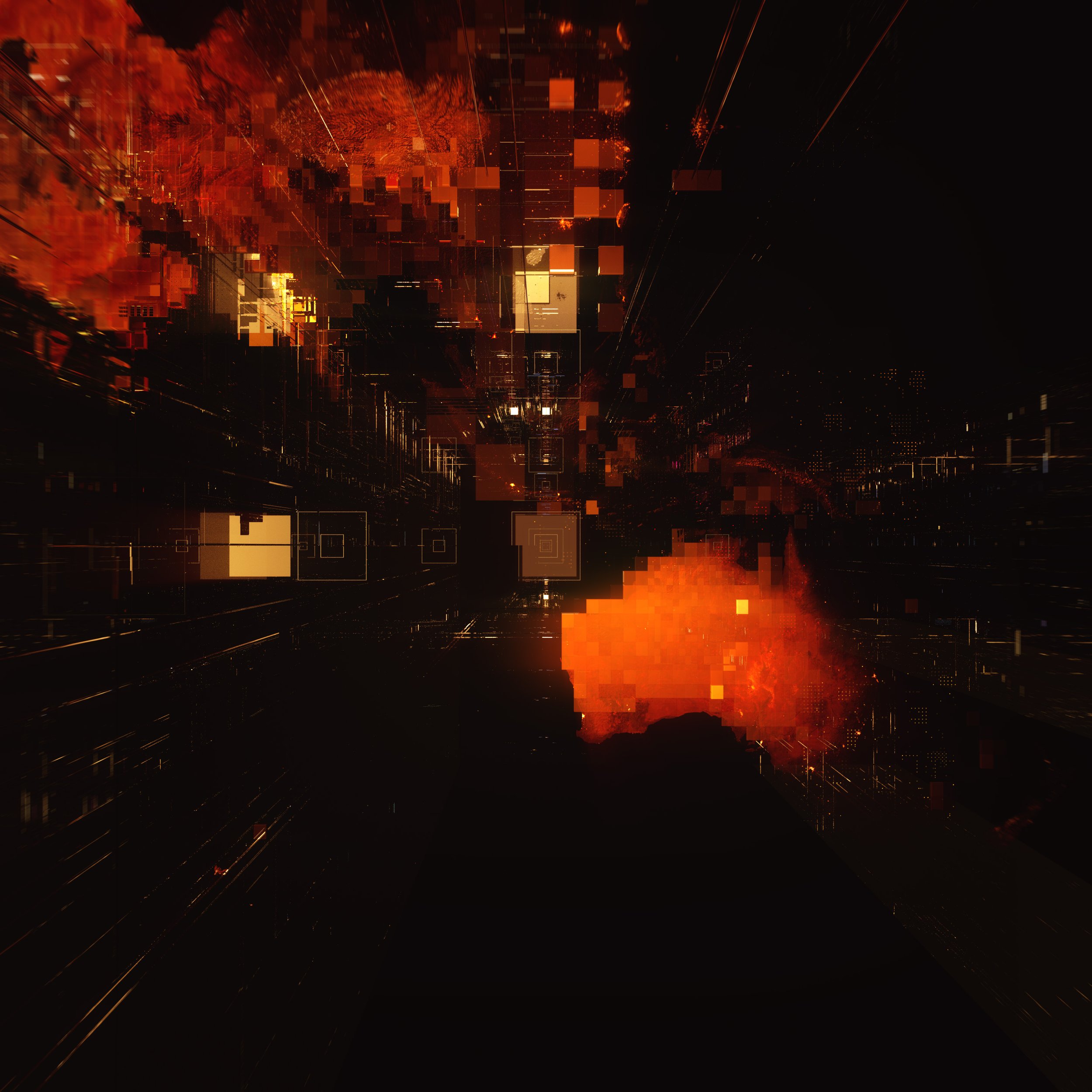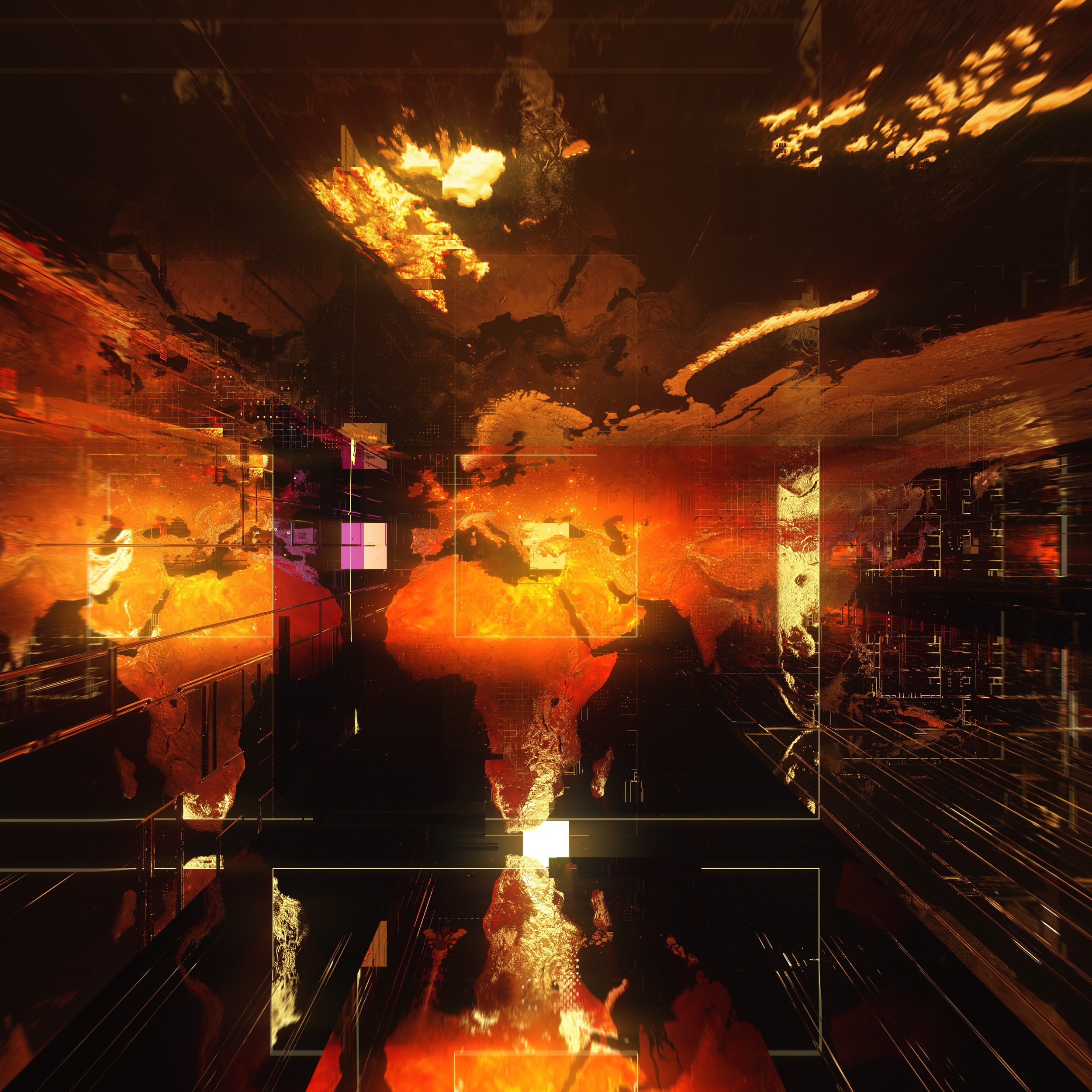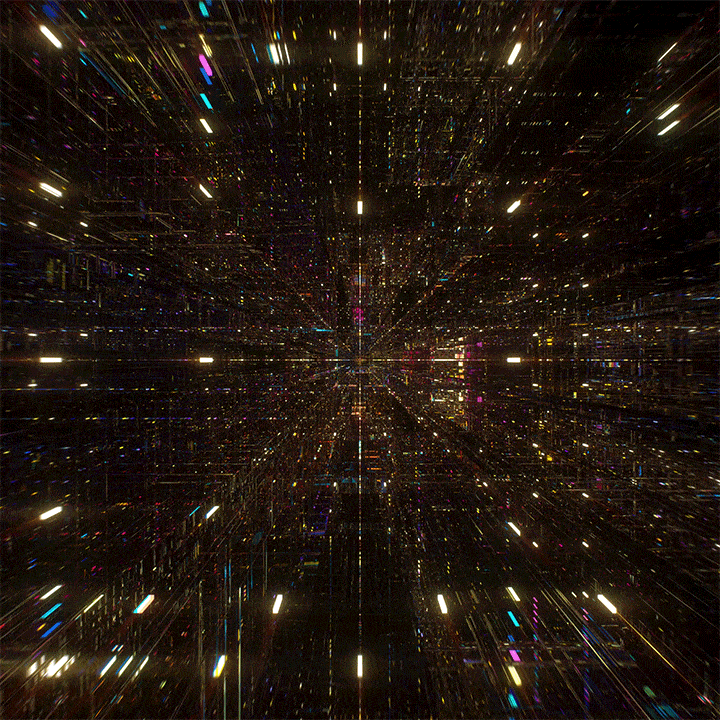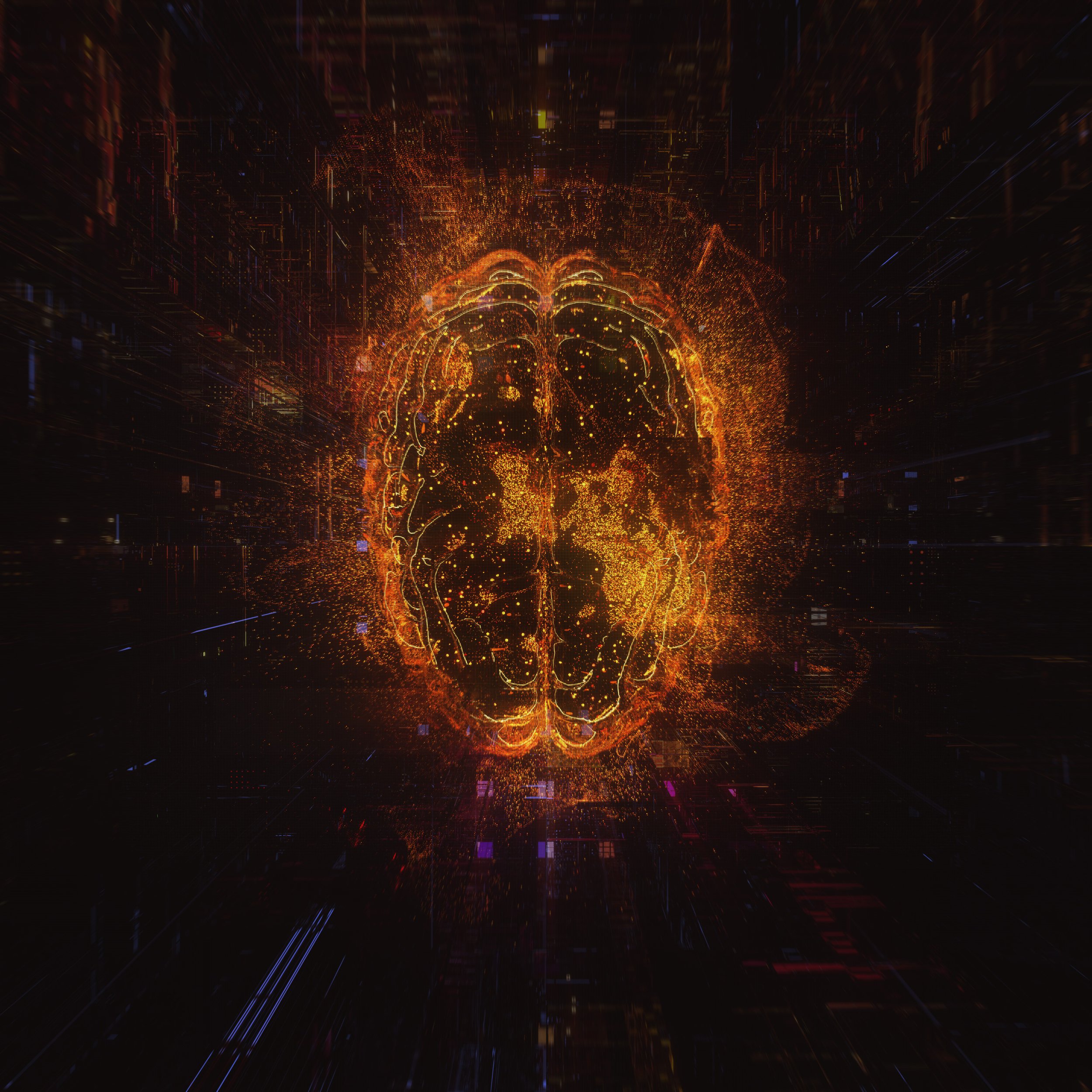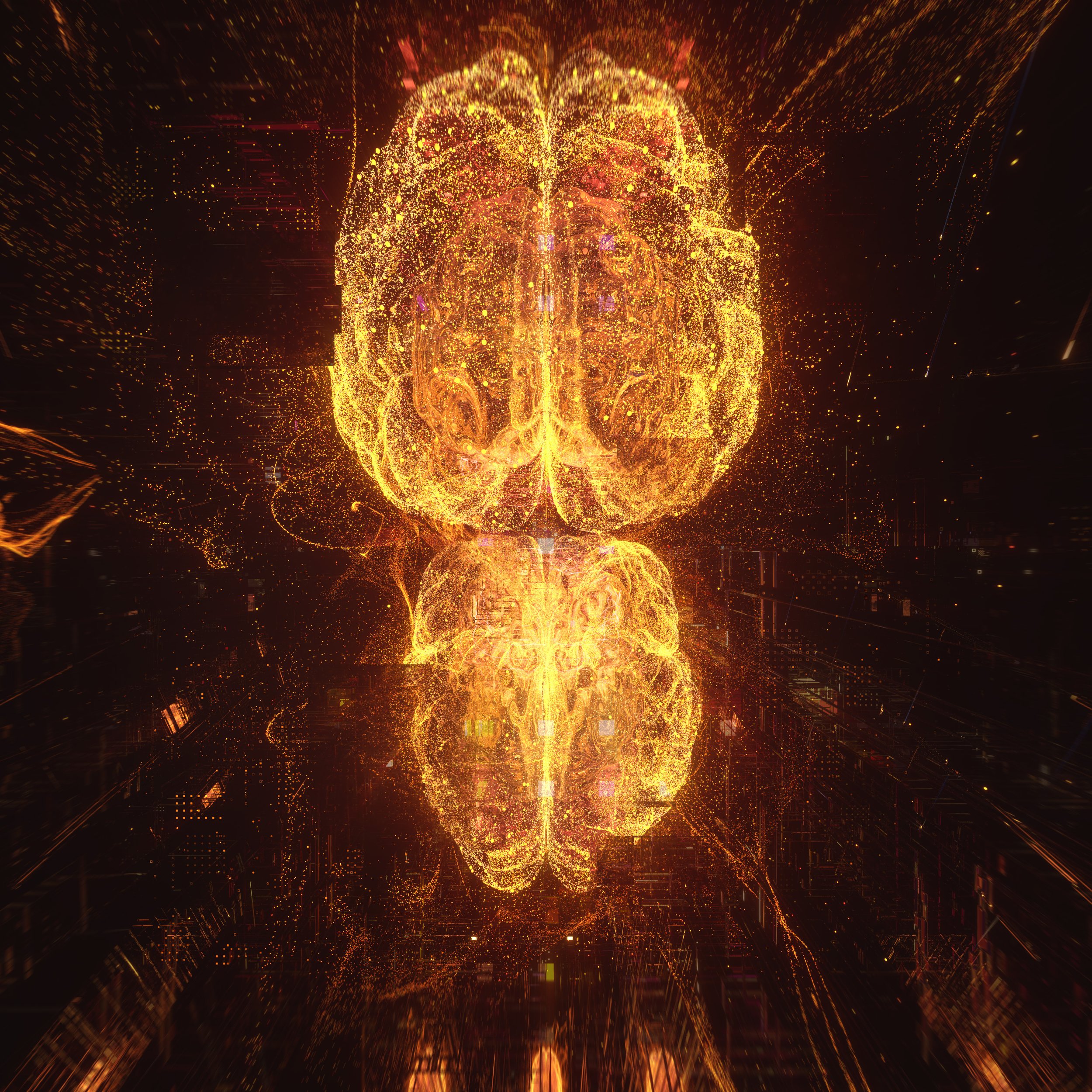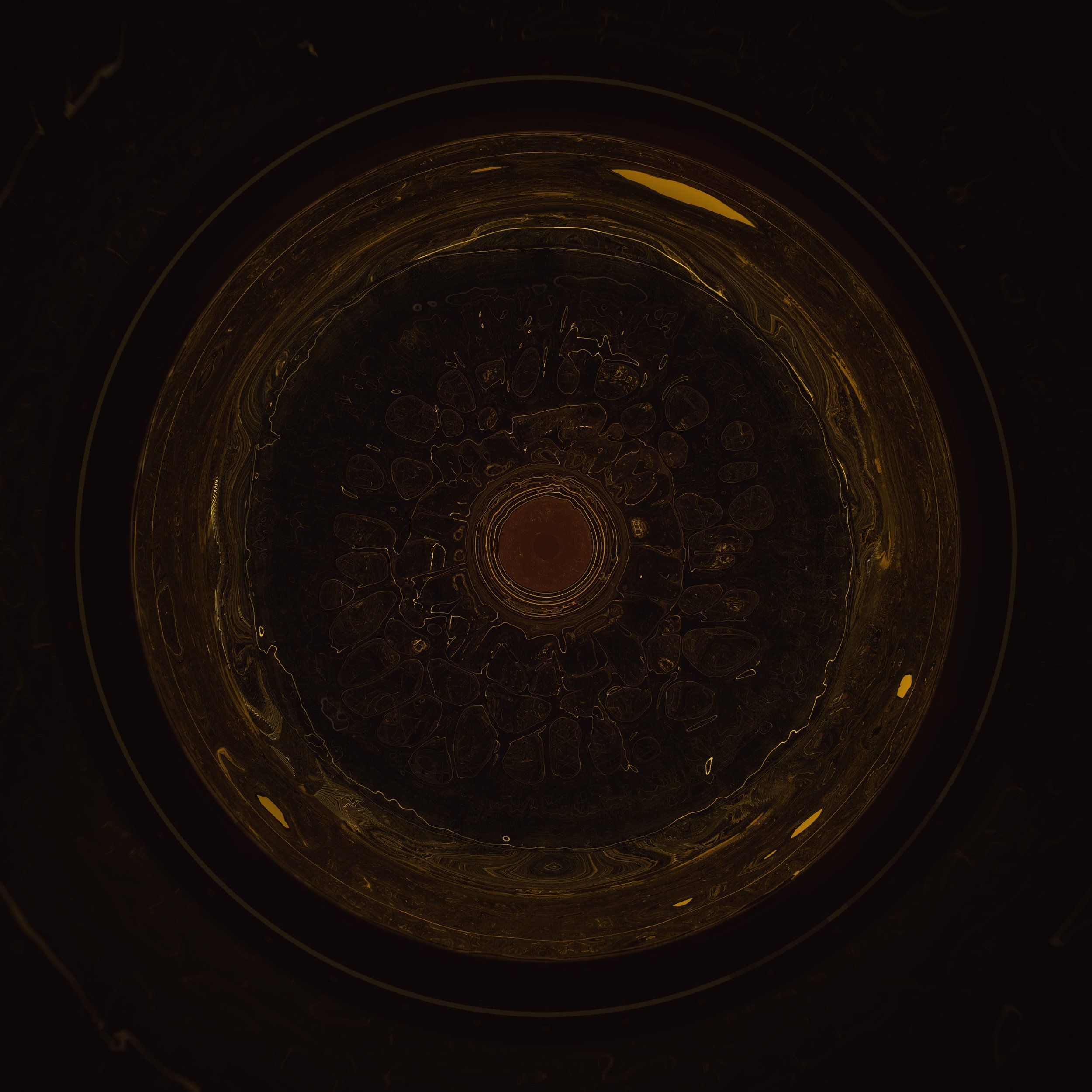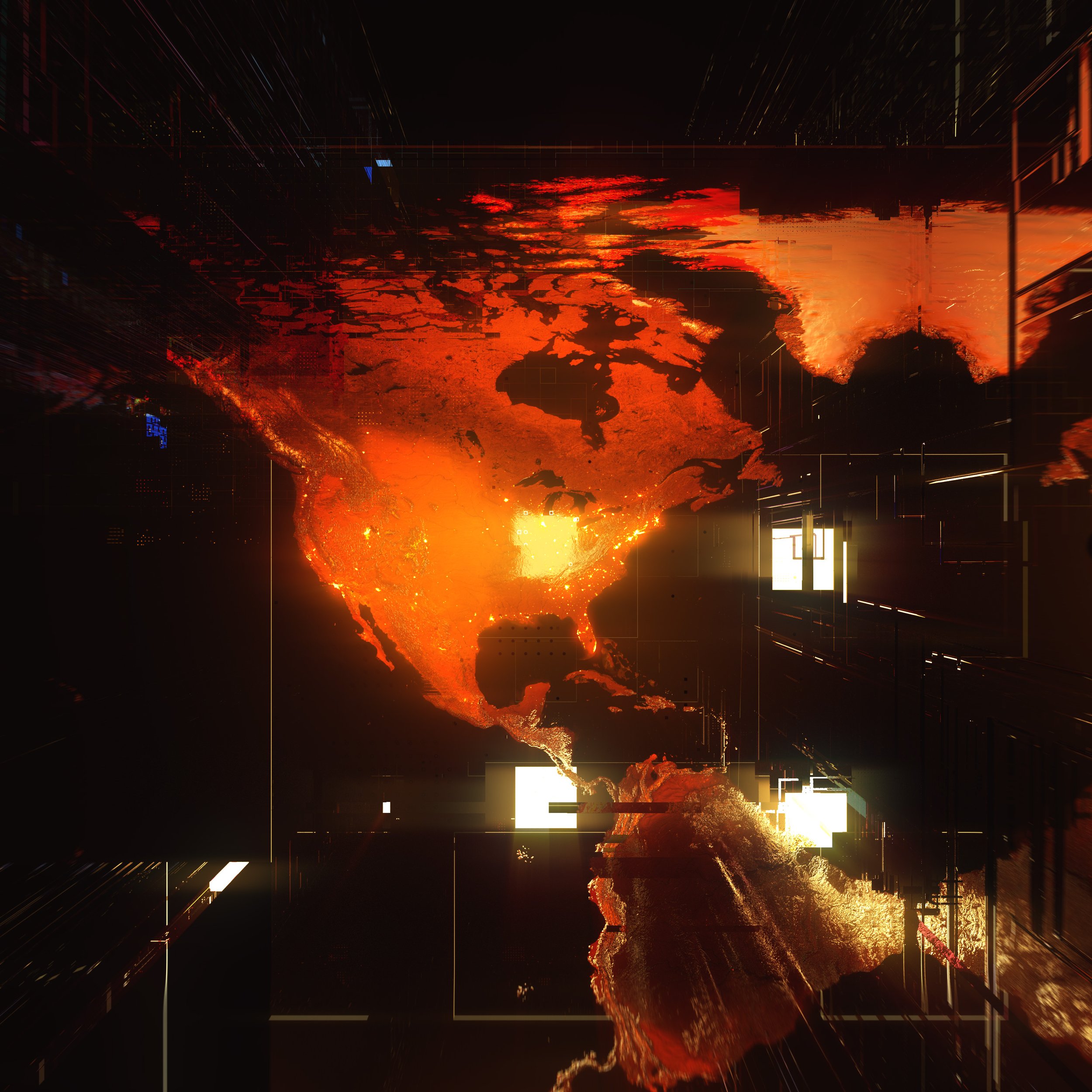D/GTL
TENDRIL DESIGN + ANIMATION, 2020
Concept Art | Design | Production
In 2020 I was honored to again join the insanely talented group at Tendril Design + Animation to produce visions of a digital world, tasked with creating the world behind the screen by visualizing our infinitely expanding networked reality.
It was important to capture the vast number of individual identities and users as represented in a more physical space, balanced against the interweaving connections of people in our global network in an abstracted form. The visual language needed to represent individual users on a macro scale, as well as graphic content that could be viewed under closer scrutiny, which would accommodate more specific messaging.
an infinite landscape
Visually we explored the use of refractive tunnels and physical lighting to create an infinitely expanding and shimmering world of reflections.
Each point of light represents an individual user. By scattering them through specular materials of mirror and glass, we create a sense that the space is unending, constantly expanding and also nested within something greater, unable to discern a beginning or end.
Flickering lights on and off allowed us to represent the experience of users entering and exiting the network.
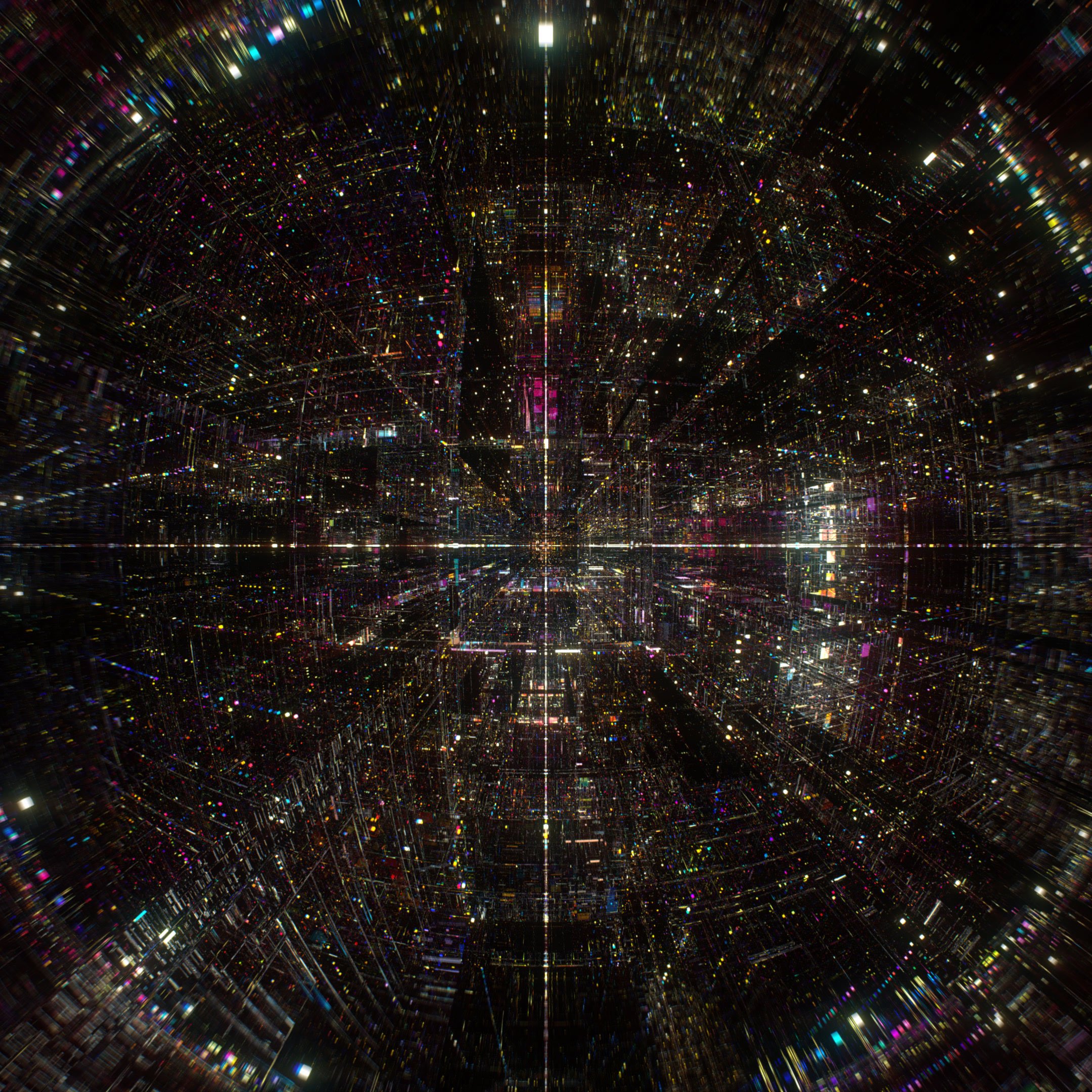
Final look for the digital environment.
CONTENT
There were a few key story elements where we wanted to represent specific content. For those we chose to display them as holographic images existing inside the refractive network. Some of those included anatomical illustrations and geographic maps.
Holographic content
We applied similar techniques used to create the digital environment to our specific holographic and anatomical images.
Applying the refractive materials to the geometry and pushing points of light through them to highlight shape and form, we distinguished elements through interactive lighting. Particles further distinguish individual focal points and key elements.
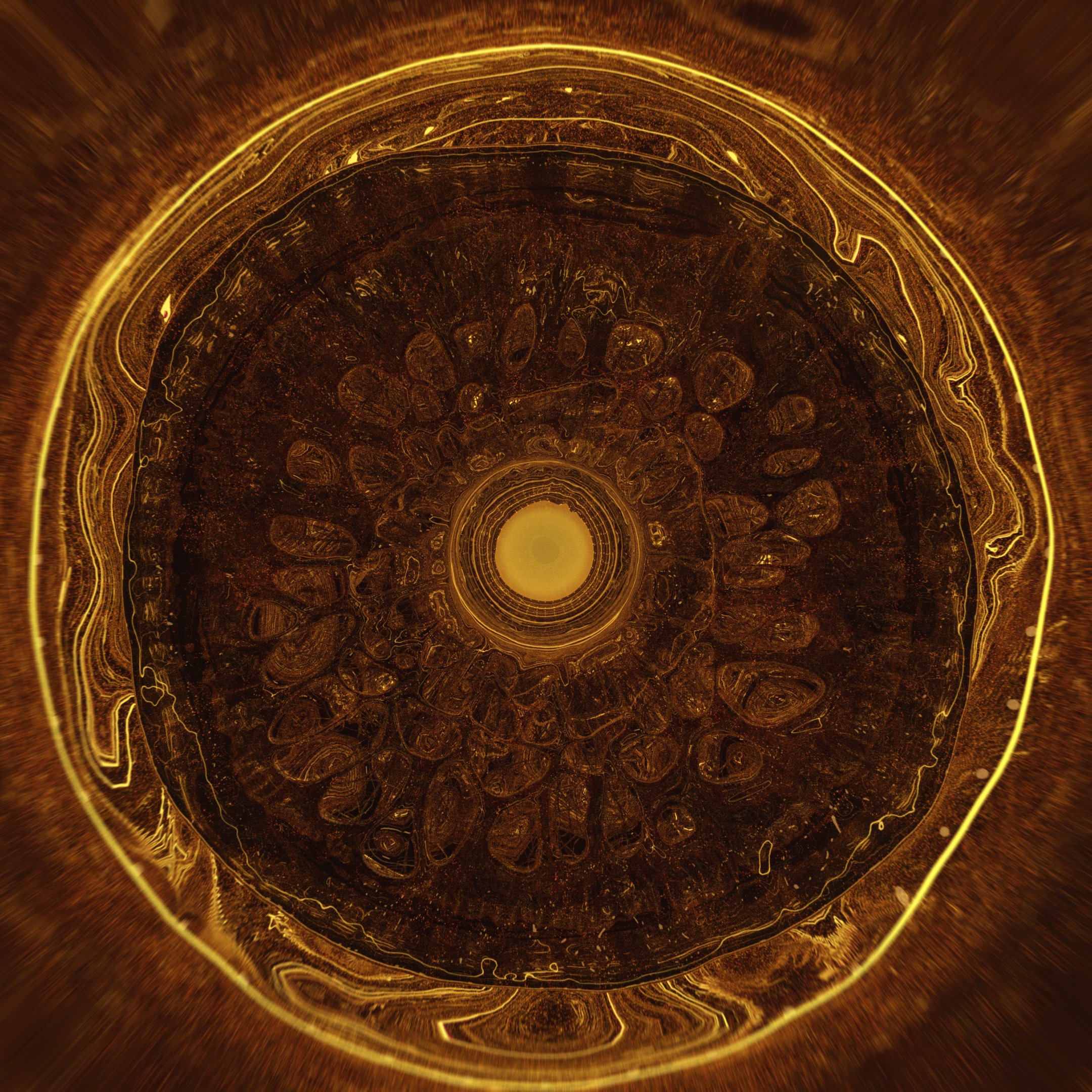
MAPS
In representing geographic locations, we again used similar techniques mirrored in establishing the digital environment.
Maps are an incredibly difficult places in which to innovate, since they need to be both ubiquitous and legible. Using the techniques we established previously, we attempted to create some fresh takes on very traditional information graphic.
Part of that was taking the geographic shapes and pushing them through the same refractive grid and treatment, leading to some very interesting abstractions. The maps would appear to become quite focused in front of the viewer but would distort and dissolve into the grid around the periphery of the frame.
